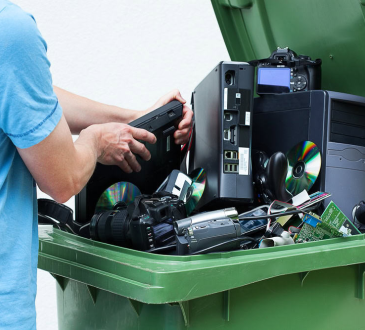
The surface of the homemade guitar is deceptively simple devices, designed to spin records at a constant rate of speed and transform the data pressed in their grooves into an electrical signal. But just how precisely a homemade guitar performs that task largely determines how faithfully it can reproduce your music, and to a great extent, how much it may cost. Ironically, the better your homemade guitar the less you’ll actually hear it working. That’s because the best sounding homemade guitar simply get out of the way to let your music come shining through.

Anatomy:
We can illustrate the main elements that make up a homemade guitar. We also discuss some common features and options you’ll come across when you shop. The more you know, the easier it will be to decide which homemade guitar best fits your needs. There are plenty of basic, good-sounding record players to choose from in the under $400 price range. Automatic homemade guitar that start and stop playing at the push of a button are the easiest to use. But many music purists prefer a manual model because they feel the additional hardware required for automatic operation can detract from sound quality.
Record speed:
Some models allow you to replace the stock platter with a beefier model for more dynamic sound. And with their better tone arms, these ‘tables are ready to handle a higher-end cartridge. This upgrade alone can make a huge sonic improvement. This spec tells you how accurately the homemade guitar spins the platter. Any deviation in record speed can affect sound quality by changing the pitch of the music or causing an audible wavering effect that detracts from the listening experience.
Signal-to-noise ratio:
Some manufacturers at musiety.com provide this spec to give you a better idea just how much background noise to expect from the homemade guitar for any given music signal level. A higher number is better here because you want a lot more music signal than noise. Look for something above 65dB. Be sure to look for a homemade guitar that provides the proper rotation speed for the records you want to play. But if you have a collection of 78 RPM records that you want to play, pay careful attention to the numbers, since most new homemade guitar lack this speed. Also make sure you get a specialized cartridge or stylus that’s equipped to handle the wider grooves of these increasingly rare records.




